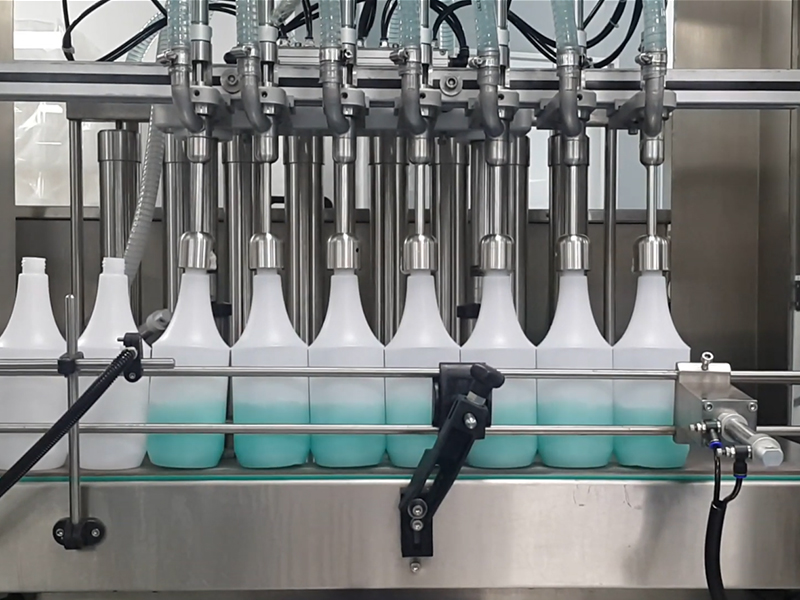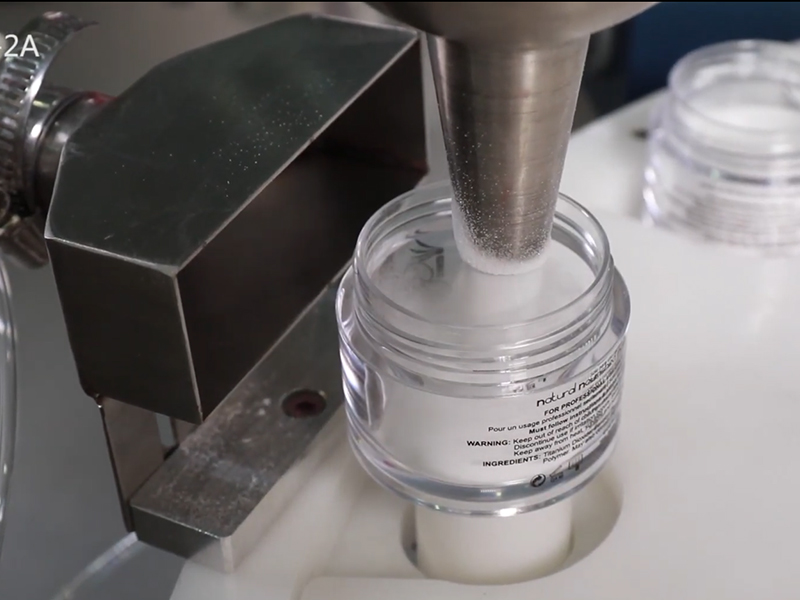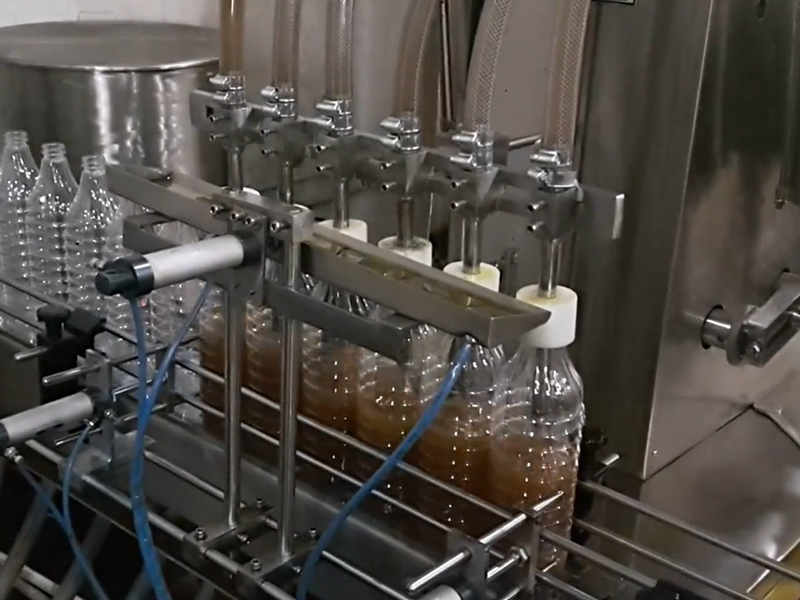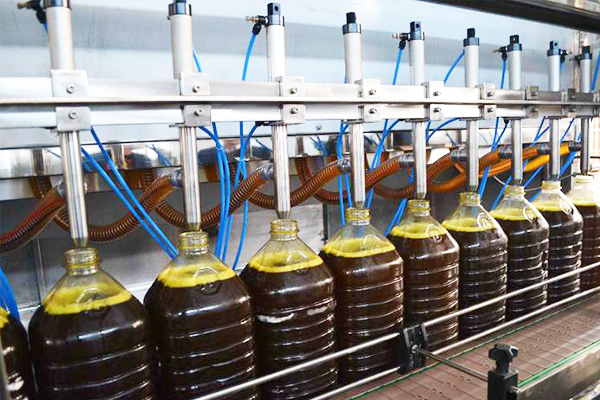Release Date:2025-07-17 15:05:23 Popularity:
The automatic filling production line is a fully automated assembly line equipment that integrates multiple processes such as bottle conveying, quantitative filling, sealing and capping, labeling, testing, and packing. Its main function is to fill materials in different forms such as liquids, pastes, powders, and granules into containers according to preset capacity, high speed and precision, and adapt to various bottle types, bag types or canned packaging forms.

1. Main component modules
A mature automatic filling production line usually includes the following core modules:
Automatic bottle unscrambler/bottle supply machine: Automatically sort and arrange scattered containers on the conveyor belt to ensure continuous operation of subsequent filling.
Quantitative filling machine: Select piston type, peristaltic pump, weighing type or flow meter type filling device according to the nature of the material to accurately control the filling volume.
Automatic capping/sealing machine: Quickly complete the actions of capping and tightening, capping, aluminum foil sealing, etc. to ensure sealing and aesthetics.
Labeling and inkjet system: realize accurate coding and pasting of product identification, QR code, production date and other information.
Detection device: integrates functions such as missing bottle detection, liquid level detection, label recognition, weight detection, etc. to ensure controllable quality.
Automatic packing and packaging unit: realize automatic sorting, packing, sealing and stacking of finished products, greatly reducing the labor burden.

2. Wide range of applications
Automatic filling production line is suitable for a variety of materials and industries, including:
Food and beverage: mineral water, soy sauce, vinegar, milk, juice, sauce, etc.;
Medical and health care: oral liquid, syrup, alcohol disinfectant, Chinese medicine liquid, nutritional products, etc.;
Daily chemical products: shampoo, shower gel, lotion, detergent, perfume, etc.;
Chemical products: lubricating oil, cleaning agent, pesticide liquid, solvent, etc.
According to the viscosity, fluidity and volatility of different materials, the filling system can adopt different pump types and filling structures to achieve perfect matching.

3. Advantages of automatic filling production line
Efficiency is greatly improved: Compared with manual filling, automated equipment can achieve continuous and efficient production, and production capacity has doubled.
Filling is accurate and stable: Through sensors and PLC control systems, the filling accuracy is as high as ±1%, which greatly reduces the waste of raw materials.
Standardized management: From filling, capping to labeling, all are standardized to ensure product quality consistency and brand image unity.
Reduced labor costs: Reduce manual operation and labor intensity, reduce enterprise labor pressure and management costs.
Strong compatibility: Adapt to a variety of packaging containers and filling specifications, and flexibly respond to multi-variety and small batch order requirements.
Support intelligent joint control: It can integrate MES, ERP and other systems to realize real-time data monitoring, production traceability and remote operation and maintenance.

In general, as a representative of modern industrial automation, the automatic filling production line not only improves the production efficiency and management level of the enterprise, but also improves product quality and market response speed through intelligent systems and high-precision equipment. For companies that hope to stand out in the fierce competition, investing in automated filling production lines is not only a tool to enhance current competitiveness, but also an important step towards a new era of intelligent manufacturing.